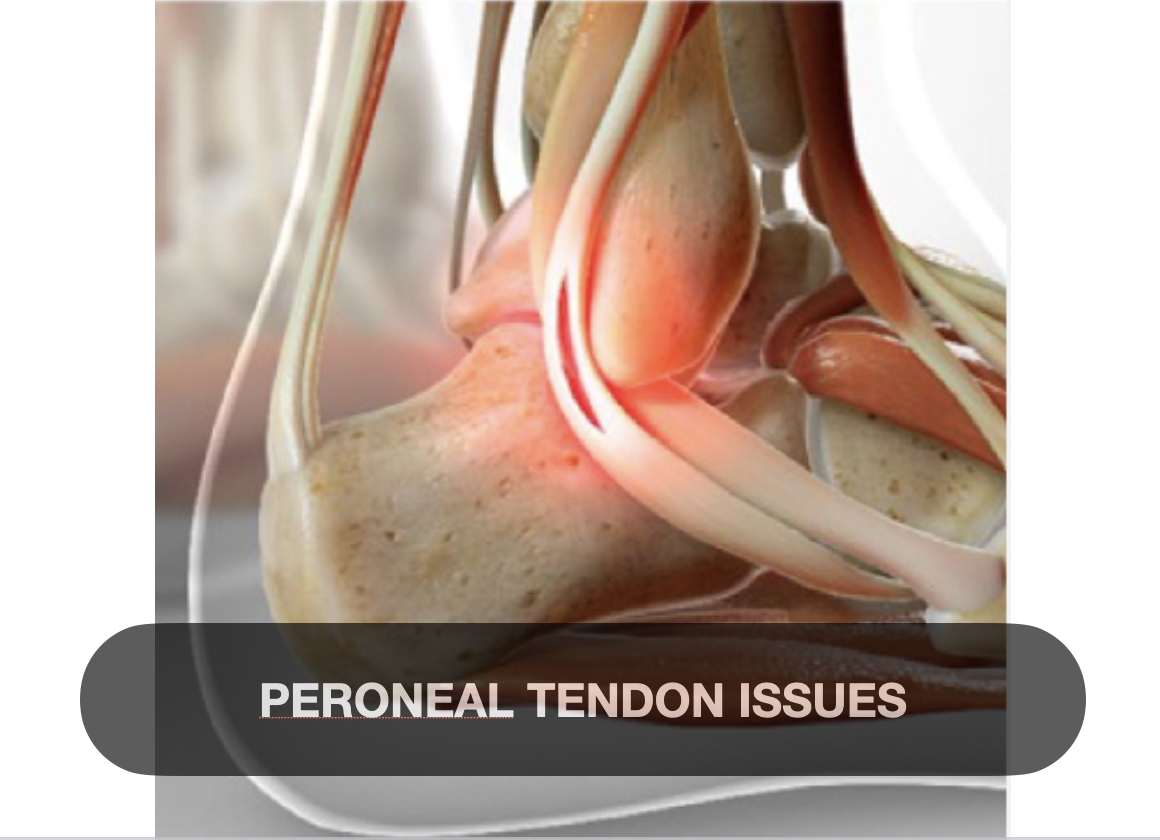Peroneal Tendon injury
🦶 Peroneal Tendon Injuries: Types & Key Insights
1. Peroneal Tendonitis / Tenosynovitis
Definition: Inflammation of the peroneal tendons, often due to overuse or repetitive stress.
Symptoms: Pain, swelling, and warmth along the outer ankle, especially with activity.
Management: Rest, ice, nonsteroidal anti-inflammatory drugs (NSAIDs), and physical therapy.
2. Peroneal Tendon Tears
Types:
Partial Tears: Involves less than 50% of the tendon cross-sectional area.
Complete Tears: Involves more than 50% of the tendon cross-sectional area.
Common Tendons Affected: Peroneus brevis is more commonly affected than peroneus longus.
Symptoms: Pain, swelling, and weakness along the outer ankle.
Management: Conservative treatment for partial tears; surgical intervention for complete tears.
3. Peroneal Tendon Subluxation / Dislocation
Definition: When one or both peroneal tendons slip out of their normal position, often due to a tear or laxity of the superior peroneal retinaculum.
Symptoms: Snapping sensation, pain, and instability along the outer ankle.
Management: Conservative treatment for mild cases; surgical repair for severe or recurrent cases.
4. Peroneal Tendon Tears and Instability
Overview: Represents a spectrum of traumatic injuries to the lateral ankle, including tenosynovitis, tendinopathy, tendon tears, and/or tendon instability.
Symptoms: Subfibular ankle pain with the sensation of apprehension or subluxation with active dorsiflexion and eversion against resistance.
Diagnosis: Clinical evaluation and imaging studies such as MRI.
Management: Nonoperative or operative treatment depending on patient activity demands, chronicity of injury, and peroneal instability.

